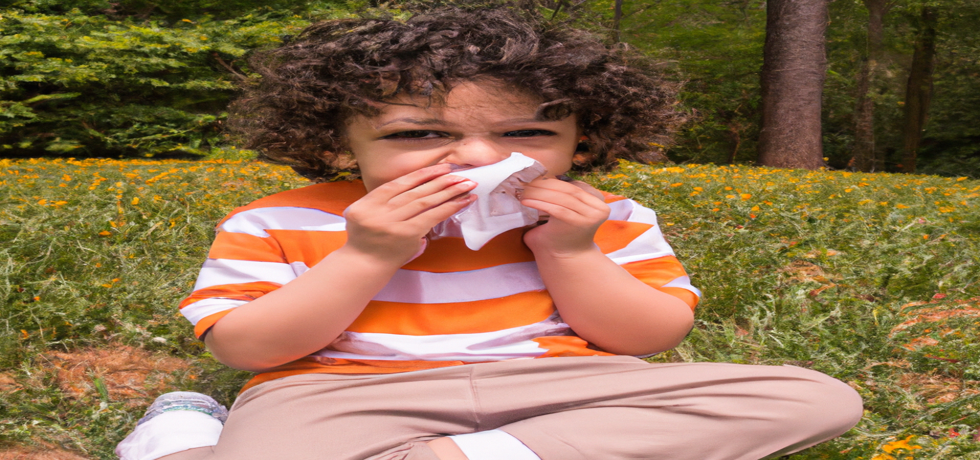
Childhood Allergies: Understanding Symptoms and Prevention
Introduction to Childhood Allergies
Childhood allergies can often turn a childs haven into a challenging landscape. As parents and guardians, its essential to understand the symptoms and prevention strategies associated with these allergies to ensure a better quality of life for our little ones. With increasing instances of allergies in children, being informed can help you take the initiative to protect your child from unnecessary distress.
Recognizing Symptoms of Childhood Allergies
Symptoms of childhood allergies can vary from one child to another, but some of the most common indicators include sneezing, itchy or watery eyes, nasal congestion, and a runny nose. As the symptoms worsen, children may develop coughs, headaches, and even sore throats. Unlike other illnesses, childhood allergies don’t typically cause fevers, but they can certainly affect a child’s daily activities, sleep patterns, and overall happiness. Observing these symptoms is vital for initiating proper allergy treatment.
Common Triggers for Childhood Allergies
Numerous allergens can trigger an allergic reaction in children. Common culprits include dust mites, pet dander, molds, and airborne pollen, as well as smoke from tobacco and strong fragrances found in soaps and detergents. Understanding these triggers helps you to establish a safer home environment. An estimated forty percent of children face household allergies, making it paramount to identify and mitigate these allergens.
Effective Prevention Strategies
To minimize the risk of triggering childhood allergies, there are several strategies you can adopt. First, consider using HEPA filtration in your homes air-conditioning and heating systems to trap allergens. Regular vacuuming and dusting can eliminate dust mites and pet dander that accumulate in the home. Additionally, encourage your children to wash their hands and face after outdoor play to remove any pollen. Keeping pets out of your childs bedroom and maintaining a clean, dry indoor environment can also help. Lastly, its beneficial to maintain a well-stocked medicine cabinet with allergy relief options, so youre prepared when flare-ups occur.
When to Seek Professional Help
If you notice persistent allergy symptoms in your child, consulting a pediatric allergist is crucial. The specialists at The Skin Artistry can conduct comprehensive allergy testing and develop a personalized treatment plan. Approaches may include oral medications, immunotherapy, or other interventions tailored to your child’s unique needs. Early intervention offers the opportunity to effectively manage childhood allergies and improve your child’s quality of life.
Conclusion
Awareness and proactive strategies are essential in managing childhood allergies. By recognizing symptoms, understanding triggers, implementing preventive measures, and seeking professional guidance when necessary, you can help your child navigate life more comfortably. Remember, a little knowledge and preparation can go a long way in creating an allergy-friendly environment for your little ones.

